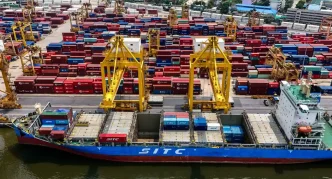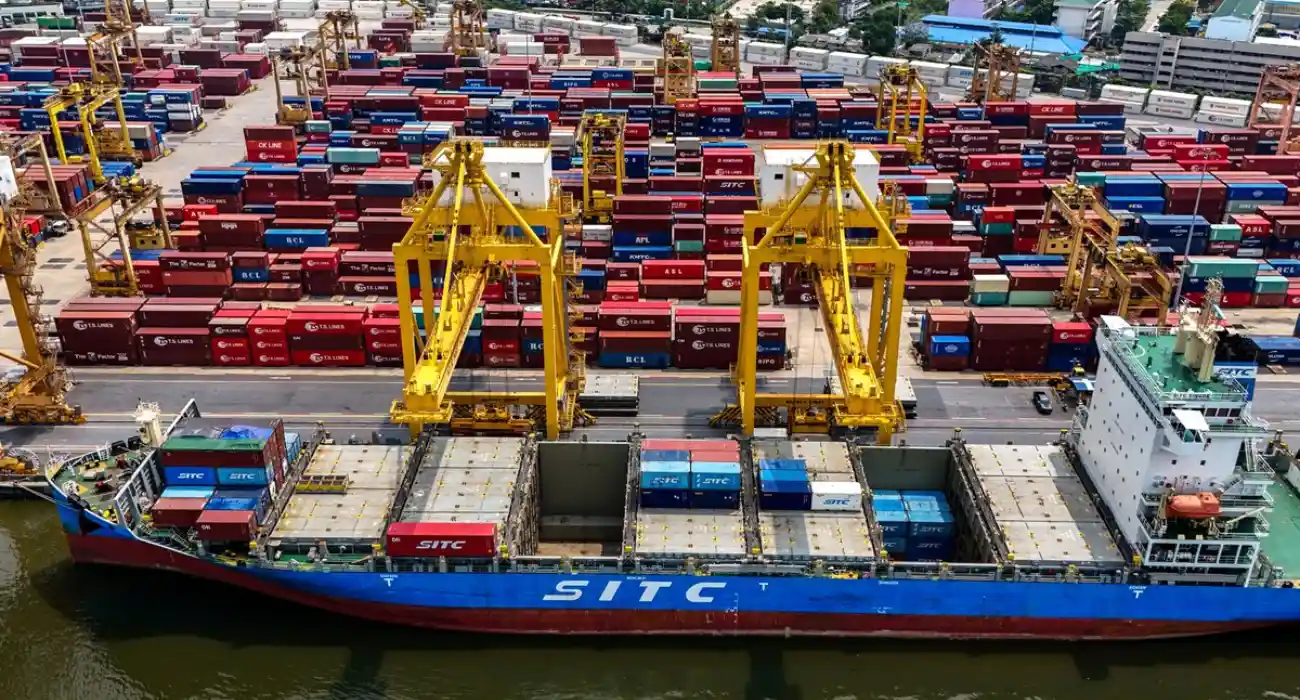Thailand is racing to secure a trade deal with the United States, as Donald Trump’s tariff threats loom large over its export-driven economy. On 17 June 2025, Finance Minister Pichai Chunhavajira announced that Bangkok would submit a formal trade proposal to Washington this week, aiming to dodge a 36% levy on key exports under the US president’s “Liberation Day” policy. With virtual talks set to start soon, followed by in-person meetings, Thailand hopes to narrow its trade surplus with America and preserve its economic edge in a region increasingly defined by bilateral deals.
A Tariff Ticking Clock
Thailand’s urgency stems from Trump’s aggressive trade stance, which has targeted nations with significant US trade deficits. In 2024, America’s goods trade gap with Thailand reached $45.6 billion, an 11.7% increase from the previous year, according to the US Trade Representative. Unlike Singapore or Vietnam, which have free-trade agreements with Washington, Thailand faces steep tariffs unless it can strike a deal by early July, when a temporary suspension of the 36% levy expires. The Thai commerce minister has expressed cautious optimism, suggesting tariffs could be reduced to as low as 10% if negotiations succeed.
The stakes are high: Thailand’s export sector, which accounts for nearly 60% of its GDP, relies heavily on the US market for electronics, rubber, and automotive parts. A 36% tariff could disrupt supply chains and dent competitiveness, especially as regional rivals like Malaysia and Indonesia court US investment. Last month, Bangkok slashed its 2025 growth forecast to 2.3-3.3%, down from 3.2-4.2%, citing tariff uncertainty as a key risk. The Bank of Thailand warned that prolonged trade tensions could cap growth below 2.5%.
Balancing the Books
Thailand’s proposal, first outlined by its Finance Ministry in May, aims to address America’s trade concerns while safeguarding its own interests. Pichai told reporters that the plan would “reduce the trade imbalance and improve access for US exports” to Thailand’s 71-million-strong market. This could involve lowering Thai tariffs on American agricultural goods, machinery, or services, though details remain sparse. In return, Bangkok seeks exemptions or reductions on US tariffs, alongside assurances for its exporters.
The US has its own demands. Washington has long criticised Thailand’s barriers to American farm products and intellectual property protections, as flagged in the 2025 National Trade Estimate Report. Thai negotiators will need to navigate these issues while preserving domestic industries, such as rice and fisheries, which face fierce competition. Posts on social Media reflect Thai public sentiment, with some users hopeful that a weaker baht—at 37-38 to the dollar—could boost exports, while others worry about rising import costs.
Geopolitical Undercurrents
Trade talks do not occur in a vacuum. Thailand’s delicate balancing act between the US and China, its largest trading partner, complicates negotiations. Trump’s tariffs are partly aimed at reducing reliance on Asian supply chains, a move that could pressure Thailand to align more closely with Washington. Yet Bangkok’s deepening ties with Beijing, through initiatives like the Belt and Road, make this a tightrope walk. A deal with the US could signal a strategic pivot, but at the risk of straining relations with China.
Domestic politics add another layer. In April, the arrest of American scholar Paul Chambers on royal defamation charges sparked speculation that Thailand was flexing its muscles ahead of trade talks. The case was dropped, but it underscored the sensitivity of US-Thai relations. Bangkok’s decision to send Pichai, a seasoned finance minister, to lead negotiations suggests a pragmatic approach, prioritising economic stability over political posturing.
A Regional Ripple Effect
Thailand’s talks could set a precedent for Southeast Asia, where ASEAN members face similar tariff threats. The region’s export-led economies are vulnerable to US protectionism, yet few have the leverage to secure bilateral deals. Vietnam, for instance, faces a 46% tariff, while Indonesia grapples with its own trade imbalances. A Thai-US agreement could spur others to follow suit, potentially fragmenting ASEAN’s collective bargaining power.
Globally, Trump’s tariff push is reshaping trade flows. His “reciprocal” policy, invoked under the International Emergency Economic Powers Act on 2 April 2025, has prompted negotiations with the EU, Canada, and Japan. Thailand’s modest $370 billion economy lacks the clout of these players, but its strategic location and manufacturing prowess make it a key US partner in countering China’s influence. Success in these talks could bolster Thailand’s role in global supply chains, particularly for semiconductors and electric vehicles.
What Lies Ahead
As virtual talks commence, Thailand faces a narrow window to clinch a deal. A 10% tariff, as floated by the commerce minister, would be a significant concession from the US, but it hinges on Bangkok’s ability to offer meaningful market access. Failure to reach an agreement could trigger retaliatory tariffs, higher consumer prices, and slower growth. For now, Pichai’s team is banking on diplomacy and data to avert a trade war. By mid-2026, the outcome of these talks could redefine Thailand’s place in a fracturing global economy.
















